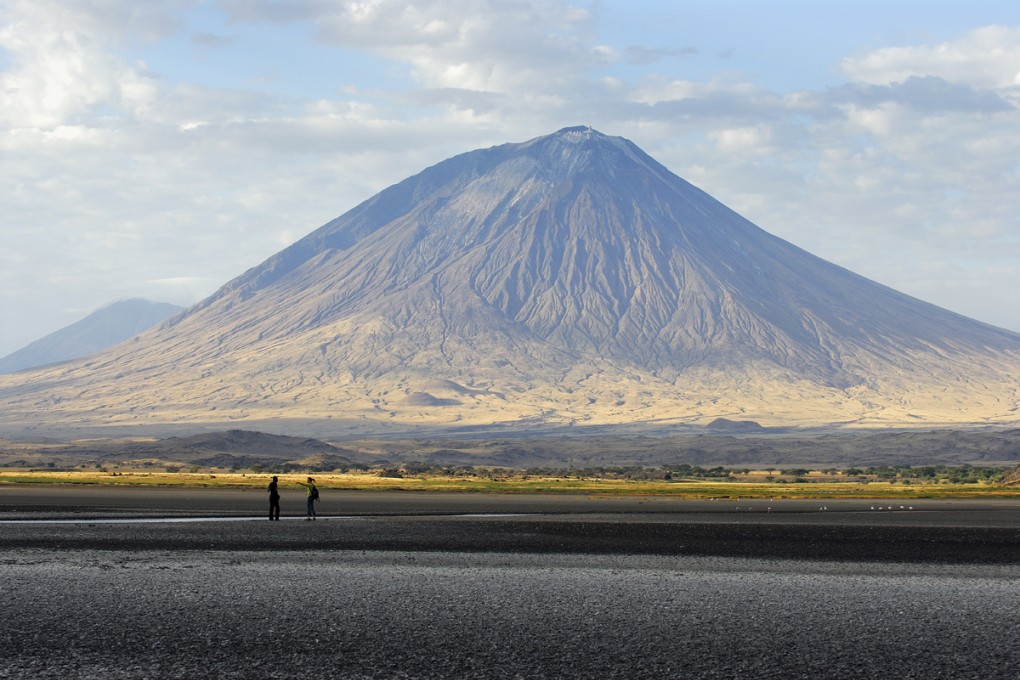About the bush: trekking through Tanzania
A six-day, 150-kilometre trek through the Tanzanian wilderness offers a sense of purpose a regular safari would not have. Words and pictures by Andrea Oschetti

Mtoto Shakwa is sitting in front of a slow-burning fire, deep in the Tanzanian bush. In his ancient click language, he tells of last night's fight with baboons on a steep ridge of the Great Rift Valley. Other men of the Hadza tribe listen attentively. They are smearing poison on arrows and tightening their bowstrings. A baboon is roasting on the fire.
Shakwa leads the way into a landscape of spiked acacias and thorn bushes, hunting for birds. Each morning a few tourists get pricked and scratched trying to keep up with the hunters.
The Hadza are becoming aware of the economic value of their culture. They are true hunter-gatherers; they have no crops, no cattle, no permanent shelters. They are one of the oldest people on Earth. Many Tanzanians consider them primitive and they have lost most of their land to other ethnic groups, who seek onion farms, pastures and hunting reserves. Some Hadza want change, some don't.
The advantages of modern life are obvious: medicines, education, job opportunities, personal security and devices that make life more comfortable. Traditional societies, however, also possess attributes that are valuable: they have strong social bonds that last for life; they raise children in ways that foster independence and maturity at a young age; their relationship with nature is sustainable; their eating habits are healthy; they assess dangers realistically; they treat their elders with respect.
Properly managed, tourism is bringing the Hadza the freedom and the dignity to fight for their land, to migrate to the city or to keep hunting and gathering.
Lake Eyasi, the Hadza's homeland, is the starting point of my journey through the Tanzanian wilderness: a six-day walk of 150 kilometres towards Lake Natron, camping along the way. With me in our five-person group are Liymo, an armed national park ranger (a compulsory companion for a trek of this kind) and a Maasai guide.
